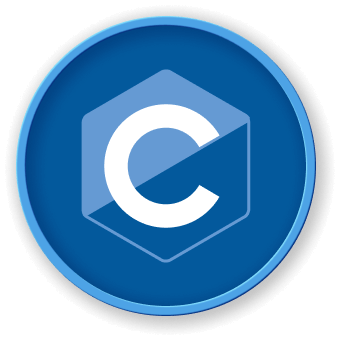Basic Scanf Usage with Doubles
The scanf() function is a powerful input method for reading double values in C programming. Understanding its nuances is crucial for effective input handling.
| Specifier |
Description |
%lf |
Standard format for reading double values |
%f |
Can also work, but not recommended |
#include <stdio.h>
int main() {
double temperature;
printf("Enter temperature: ");
scanf("%lf", &temperature);
printf("You entered: %.2f\n", temperature);
return 0;
}
graph LR
A[User Input] --> B[scanf()]
B --> C[Validate Input]
C --> D[Store in Variable]
#include <stdio.h>
int main() {
double x, y, z;
printf("Enter three decimal numbers: ");
scanf("%lf %lf %lf", &x, &y, &z);
printf("Numbers: %.2f, %.2f, %.2f\n", x, y, z);
return 0;
}
#include <stdio.h>
int main() {
double value;
while (1) {
printf("Enter a positive number: ");
if (scanf("%lf", &value) == 1 && value > 0) {
break;
}
printf("Invalid input. Try again.\n");
while (getchar() != '\n'); // Clear input buffer
}
printf("Valid input: %.2f\n", value);
return 0;
}
Common Pitfalls
- Always use
%lf for doubles
- Check return value of
scanf()
- Handle input buffer carefully
Best Practices
- Validate input
- Use error checking
- Clear input buffer when needed
LabEx recommends practicing these techniques to master double input in C.




